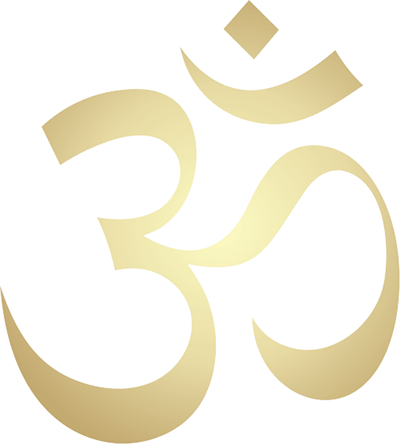



108 Names of Bharat Mata Video
108 Names of Bharat Mata
Gayatri Mantras Video
Bharat Mata Gayatri Mantras
Ekavimski Video
Bharat Mata Ekavimsati Song

Click on Link below to go to Youtube Videos
To download MP3 Audio right click and "save link as"
Home
About the Author
108 Names of Bharatamata
Gayatri Mantras
Ekavimsati Song
Speaking/Media Contact
Sri Bharatamata
Ashtottaram 49
49) OṀ ĀLAYA BHŨMYAINAMAH:
OṀ (AUM) - AA - LAYA- BHOO- MYAI- NA--MA- HA
(Ālayam: means-Temple; house of God)
The temple is a link between man and the God, between the earthly life and the divine life, between the actual and the ideal. As such it has got to be symbolic. History of mankind has shown that man cannot live without God. 'If God did not exist, it would be necessary to invent Him' declared, Voltaire, a French philosopher and writer. Recent polls suggest that even scientists 60-75% of them believe in God and attend their churches. Atheists, by not believing in God also opinionate that there may be some higher power than humans. Belief in God, in a cosmic power or cosmic Law, in a superhuman Spirit or Being, is basic to all cultures. It is as it were, in the very blood of mankind. Once this fact is recognized, it becomes irrelevant whether this belief has been brought about by man's awe, wonder and fear of the powers of nature, or by the teachings of god-men who are supposed to have had mystical experiences of that God.
Man is human and not divine! This is so, at least, as long as he is conscious of his frailties and impulses. It is exactly because of this that he turns towards the Divine in times of need. Though the Divine transcends all temporal limitations, man the human, needs a temporal set- up that can help him to visualize the Divine or establish contact with it. This is precisely where a symbol or an image or a place of worship comes to his rescue. All religions have their sacred places, places of worship. All words that denote such places of worship, etymologically speaking, mean more or less, the same thing. 'Devālaya' means 'a house of God'. 'Temple' and 'Synagogue' mean a 'building for religious exercises' and a 'house for communal worship'. A 'Church' also means the same thing. A 'Masjid' is a 'place of prostration before God'.
Temples do not seem to have existed during the Vedic age. The view that yāgaśāla of the Vedic period gradually got metamorphosed into temples. Considering the vast size of our country, it is remarkable that the building of temples has progressed more or less on a set pattern because there is a basic philosophy behind the temple. The architecture and the style of the temple symbolically represent our gross human body as the saying goes, 'deho devālayaha' meaning body is temple. The temple also represents the subtle body with the seven psychic centers or chakrās. Innermost sanctum sanctorum, the indwelling Lord. Broadly speaking, the temples are northern and the southern styles. These are 'nāgara' (northern), 'drāviḋa' (southern) and 'vesara' which is combination of the two. There is a comprehensive text called the Vāstu Sāstra laying down the formal architectural styles, has its sources in the sūtrās, purāṇās and āgamās and Bṛuhat Saṃhita. The temple helps us as a means of crossing the ocean of saṃsāra (transmigratory existence).
Thus, the temple was all-in-all in the social life of our country for centuries and our land is 'Ālaya Bhūmi'.

